
Is Your Gel Manicure To:xic?
Key Takeaways
-
The European Union has announced a ban on trimethylbenzoyl diphenylphosphine oxide (TPO), a common ingredient in gel nail polish, over concerns it could potentially be linked to infertility.
-
Experts emphasize that the decision is largely precautionary since current evidence comes only from animal studies, not human research.
-
Women who are actively trying to conceive, or who are in the first trimester of pregnancy, may want to be cautious and choose gel polishes that are free of TPO.
Why the EU Banned TPO
Gel manicures are beloved for their glossy finish, long-lasting durability, and resistance to chipping. However, starting September 1, nail technicians and salons in the European Union will no longer be able to use or sell gel products containing TPO. Any remaining stock must be discarded.
The ban stems from findings in animal studies suggesting a potential connection between TPO exposure and fertility problems. While this link has not yet been proven in humans, EU regulators are acting on the principle of precaution, given the popularity of gel manicures and the unknown long-term health implications.
In contrast, the United States still permits the use of TPO in gel nail polish, leaving many consumers and salon-goers questioning whether they should be concerned.
What Exactly Is TPO?
Unlike regular nail polish, which dries naturally in air, gel nail polish requires curing under UV or LED lamps for 30–90 seconds to harden properly.
TPO functions as a photoinitiator. According to dermatologist Chris Adigun, MD, it absorbs energy from UV or LED light and accelerates the polymerization process — in simpler terms, it helps the gel form the tough, durable coating that makes it so popular.
Importantly, not every gel nail product contains TPO. Alternative formulations already exist, though they may not always deliver the same level of shine or durability.
Is TPO Harmful?
The central concern about TPO comes from animal studies, where the chemical was given to rats in high oral doses. According to Sharrón L. Manuel, MD, a reproductive endocrinologist at HRC Fertility, female rats became infertile, while male rats showed reduced testicle size and sperm count.
Because of these findings, the EU has classified TPO as a category 1B reproductive toxicant — a classification reserved for chemicals presumed to have negative effects on fertility in humans, even though direct human evidence is lacking.
Dr. Manuel points out that the way humans are exposed to TPO — mainly through nail plates during a manicure — is very different from the conditions of animal experiments. Nevertheless, she supports the EU’s decision: “We don’t yet have enough data to prove it’s unsafe, but we also don’t have enough to say it’s completely safe either.”
Experts like Dr. Adigun add that while the nail plate provides a barrier, salon workers may be at higher risk since they are repeatedly exposed to nail dust, which can be inhaled or accidentally ingested. Data on these long-term, low-level exposures is still limited.
The U.S. Perspective
In the U.S., the FDA requires manufacturers to demonstrate product safety before cosmetics reach the market. A spokesperson for the Personal Care Products Council emphasized that if TPO-containing gel polishes are sold in stores or salons, it means the FDA does not currently consider them hazardous.
The spokesperson added that the industry is committed to “maintaining the highest standards of safety, quality, and transparency.”
Should You Stop Getting Gel Manicures?
At present, there’s no definitive proof that TPO is harmful to human fertility. However, if you want to minimize risks, you can choose TPO-free gel polishes or specifically ask your nail salon for them.
Dr. Manuel notes that this EU ban could trigger a global shift in beauty product regulations, potentially leading to more TPO-free alternatives in the near future.
She advises women who are trying to conceive or in early pregnancy to be extra careful and avoid products with TPO: “Until we can fully prove safety, my approach is to be cautious.”
Other Risks of Gel Manicures
Even without TPO, gel manicures carry other risks, according to the American Academy of Dermatology (AAD). Over time, they can make nails brittle, thin, or prone to peeling. Prolonged exposure to UV lamps may increase skin cancer risk and accelerate skin aging on the hands.
Additionally, the use of acetone to remove gel polish can dry out both nails and surrounding skin.
The AAD recommends the following to reduce damage:
-
Apply sunscreen to hands before UV light exposure.
-
Resist the urge to pick or peel off gel polish.
-
Limit acetone soaks to fingertips only, not the whole hand.
-
Take regular breaks between manicures.
-
Keep nails and cuticles moisturized.
✅ Bottom Line: The EU ban on TPO is precautionary, not proof of danger. While there’s no strong evidence yet that TPO harms human fertility, women who are pregnant or trying to conceive may want to choose TPO-free products. As with many beauty treatments, moderation and awareness are key.
Would you like me to also make this into a consumer-friendly article with SEO headings (e.g., “What Is TPO in Nail Polish?”, “Should You Be Worried?”, “Safer Alternatives to Gel Nails”) so it’s ready for publishing on a health or lifestyle site?
News in the same category


Why Do I Cough When Taking a Deep Breath?

Taking the Stairs Could Help You Live Longer
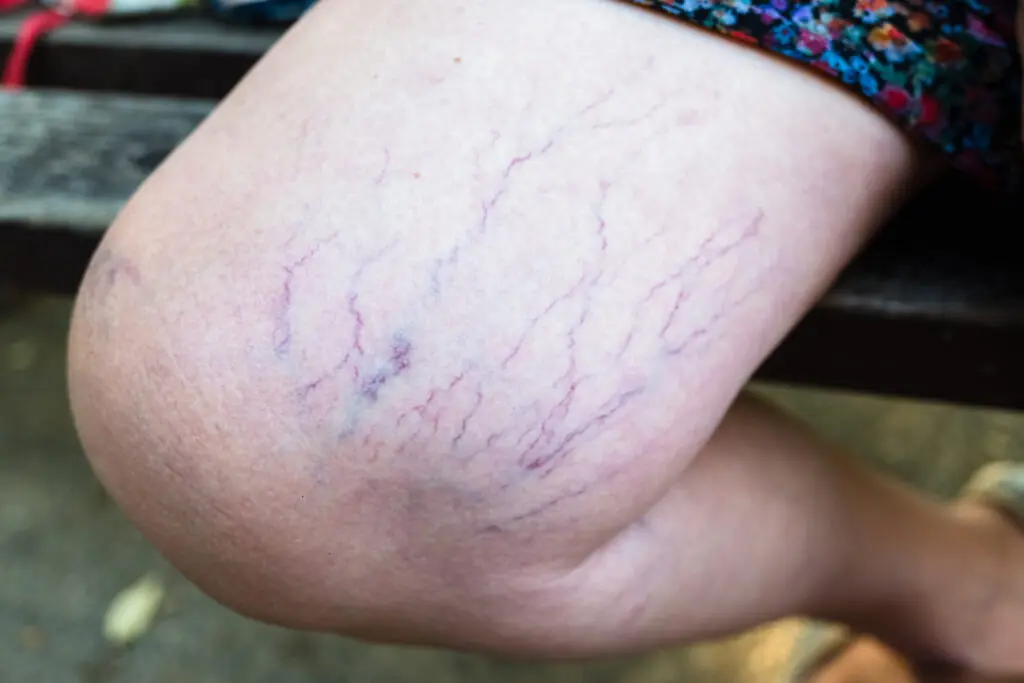
Purple Veins on Your Legs: When to Worry
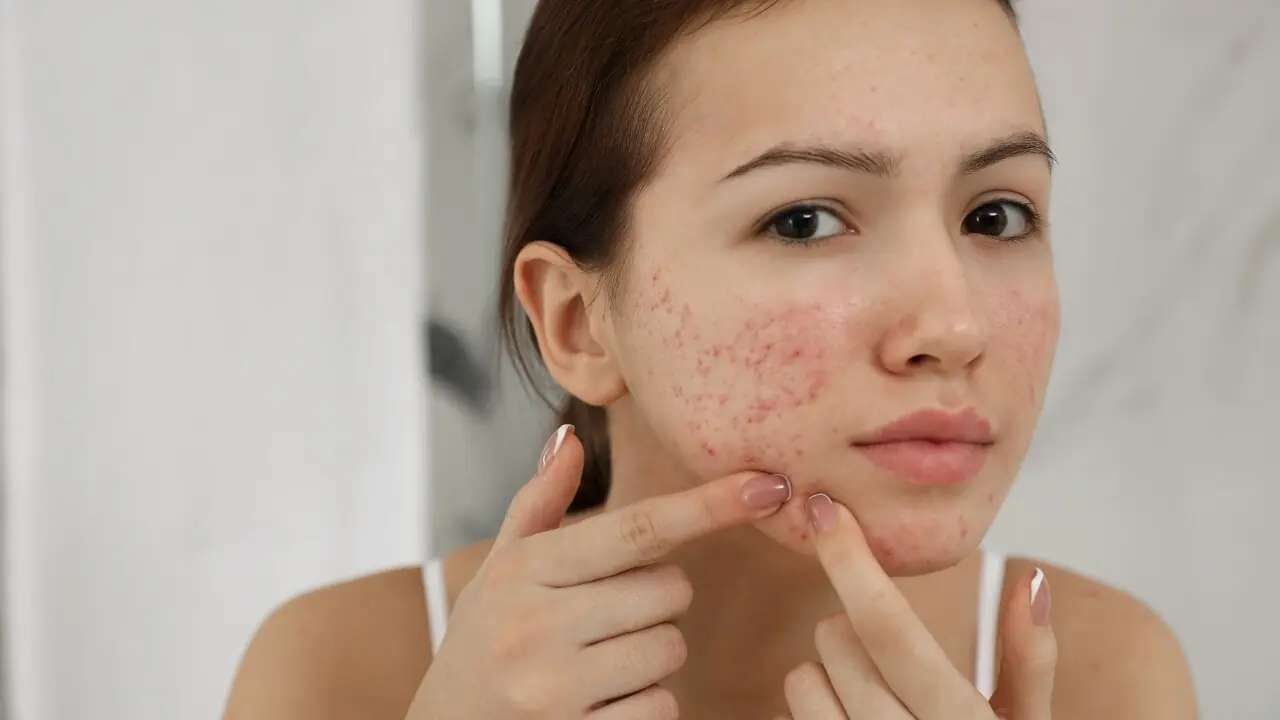
Signs Your Cortisol Is Dangerously High
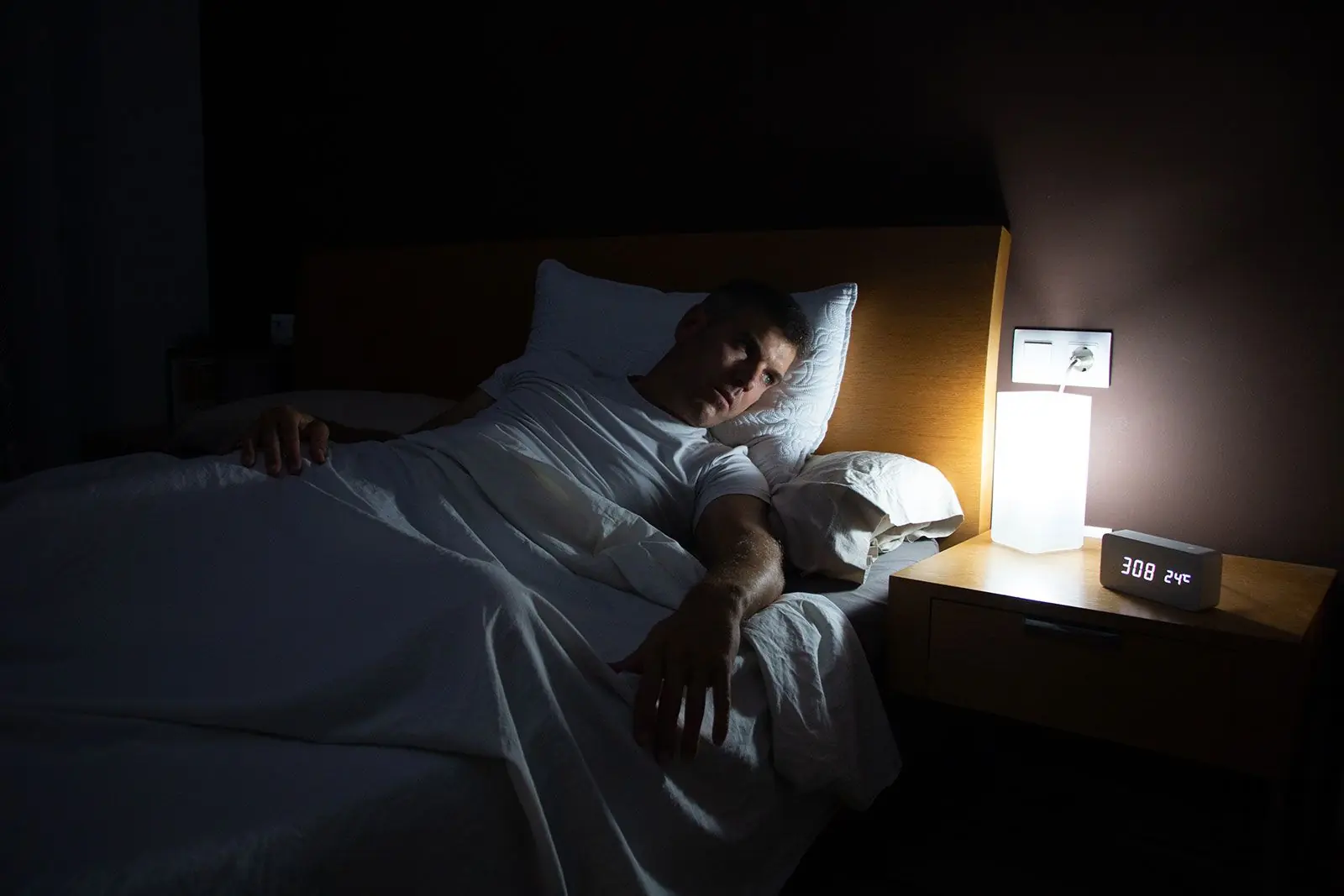
The Sleep Saboteur: The One Thing You Should Never Do When You Wake Up at Night

Nightly Habits That Could Increase Your Risk of Stroke
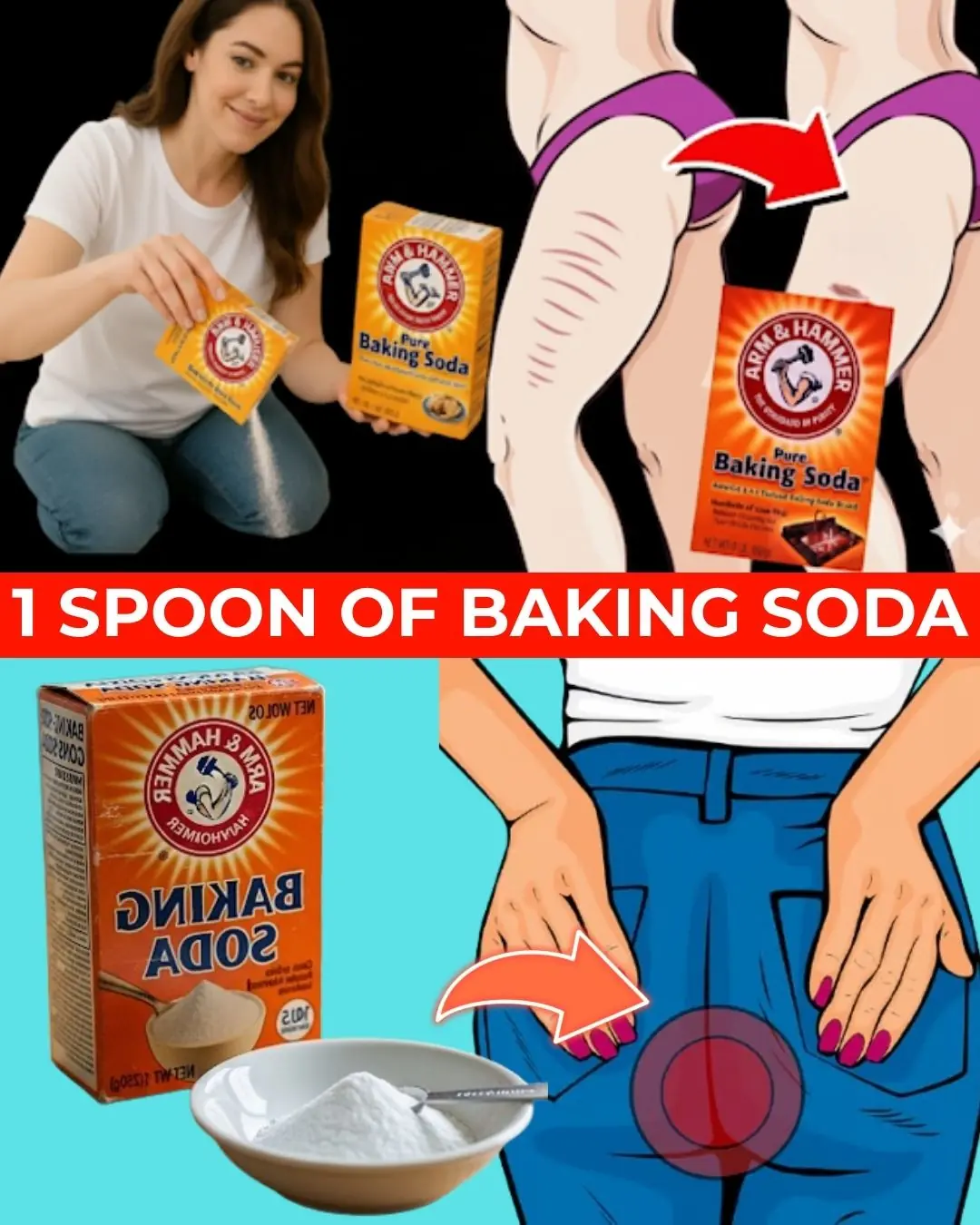
11 Secret Baking Soda Tricks for Women That Will Change Your Life!
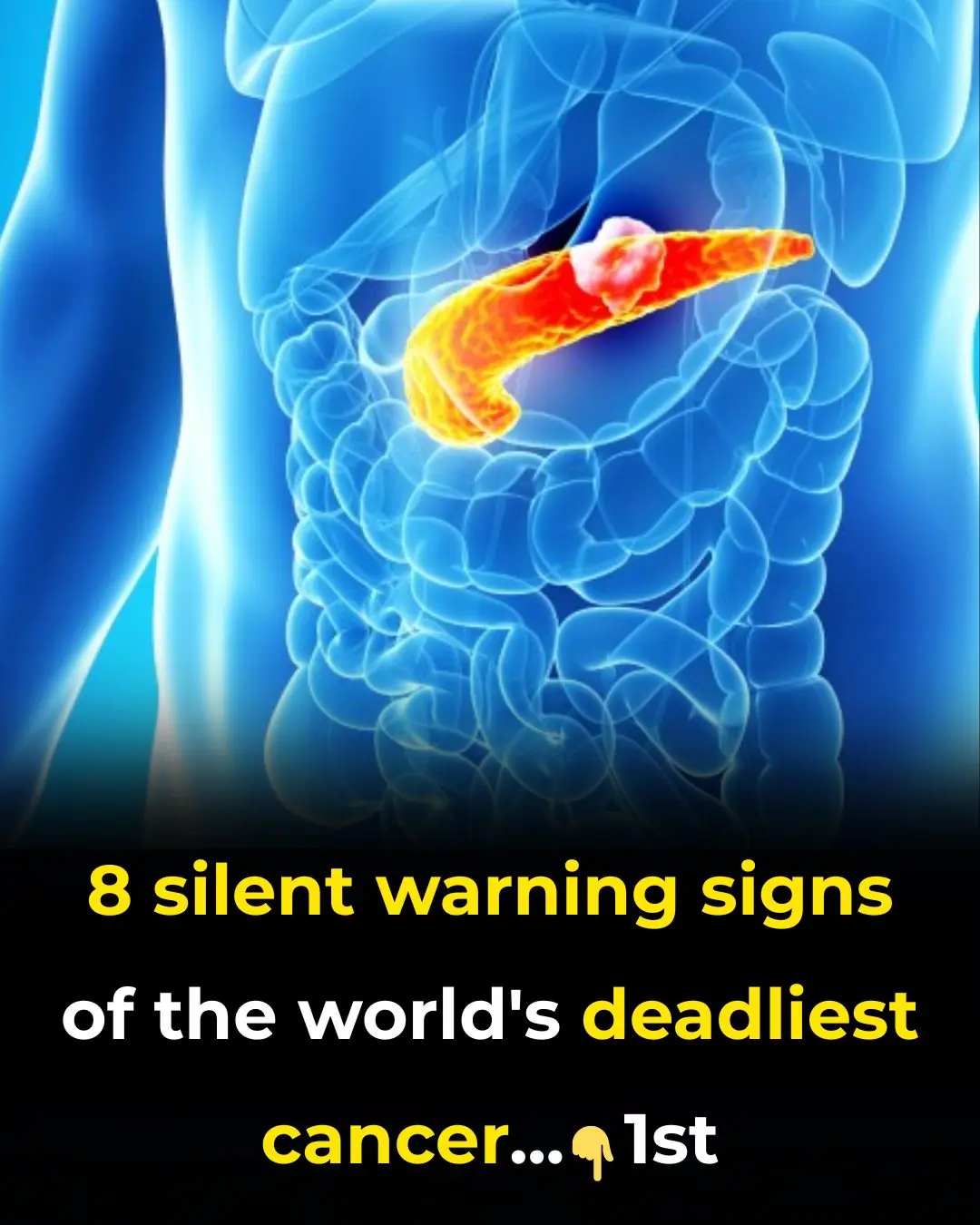
World’s deadliest cancer: 8 early warning signs every older adult should know
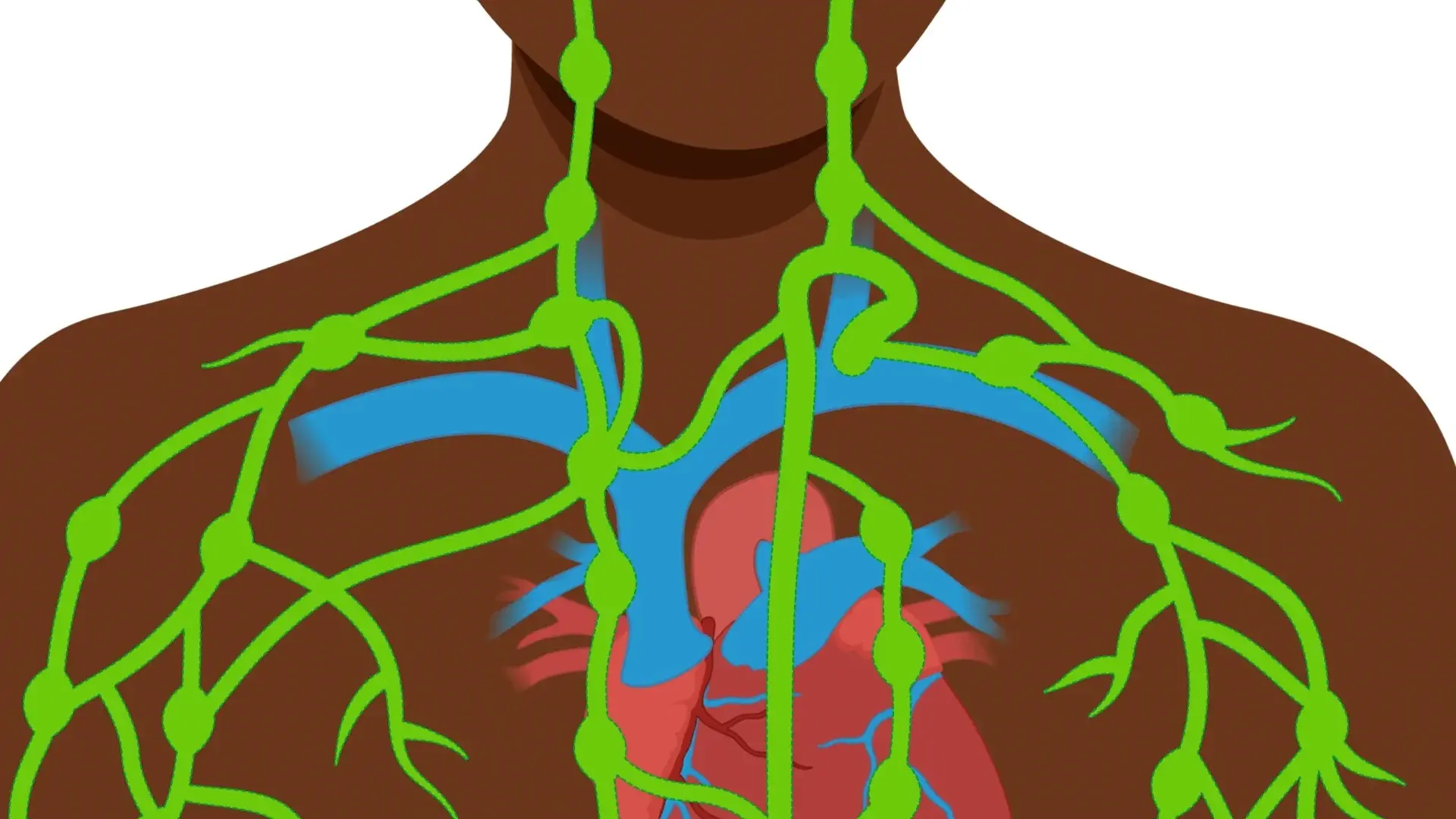
The Fastest Natural Way to Cleanse Your Lymphatic System That No One Talks About
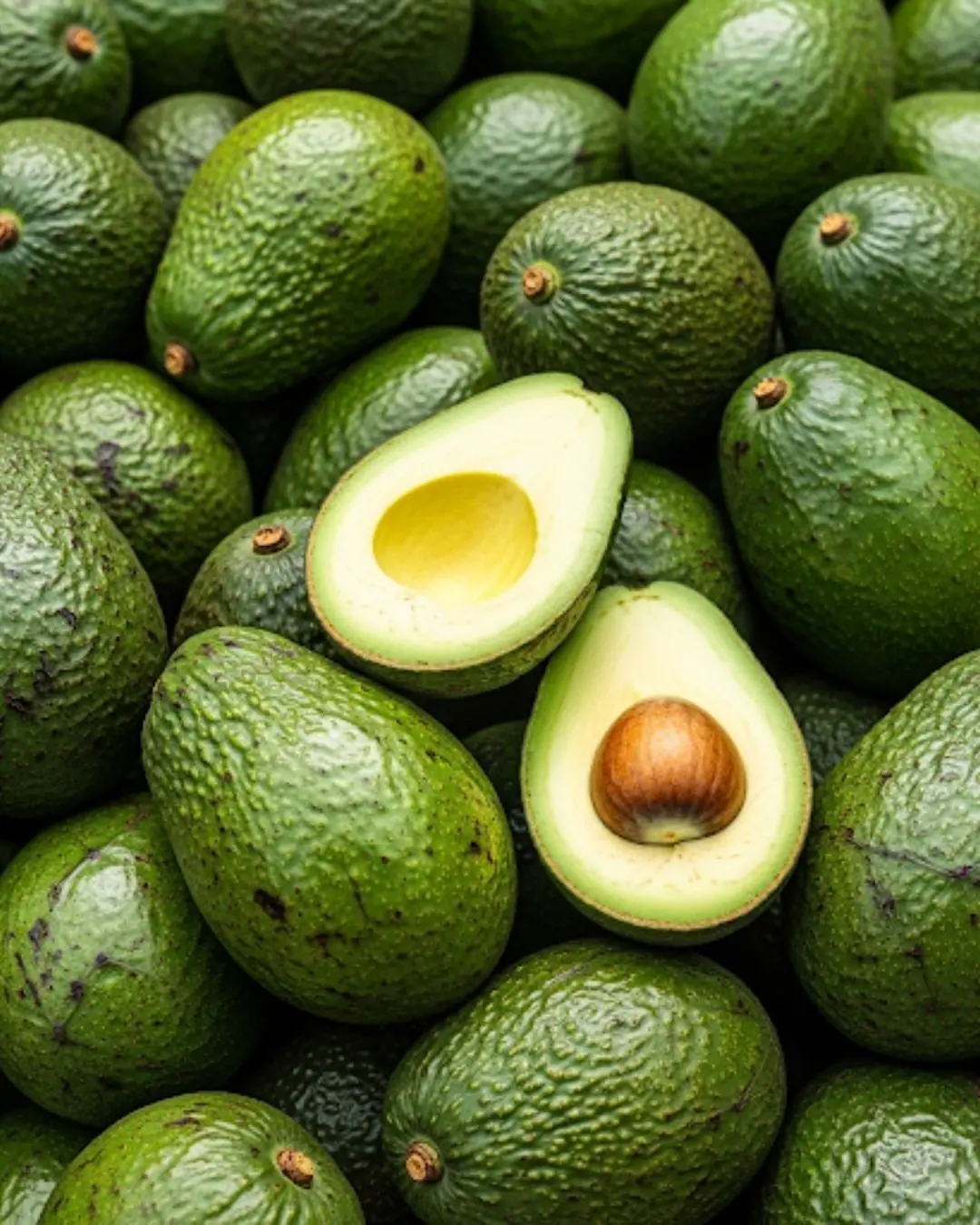
5 Potential Risks of Eating Avocados You Should Know
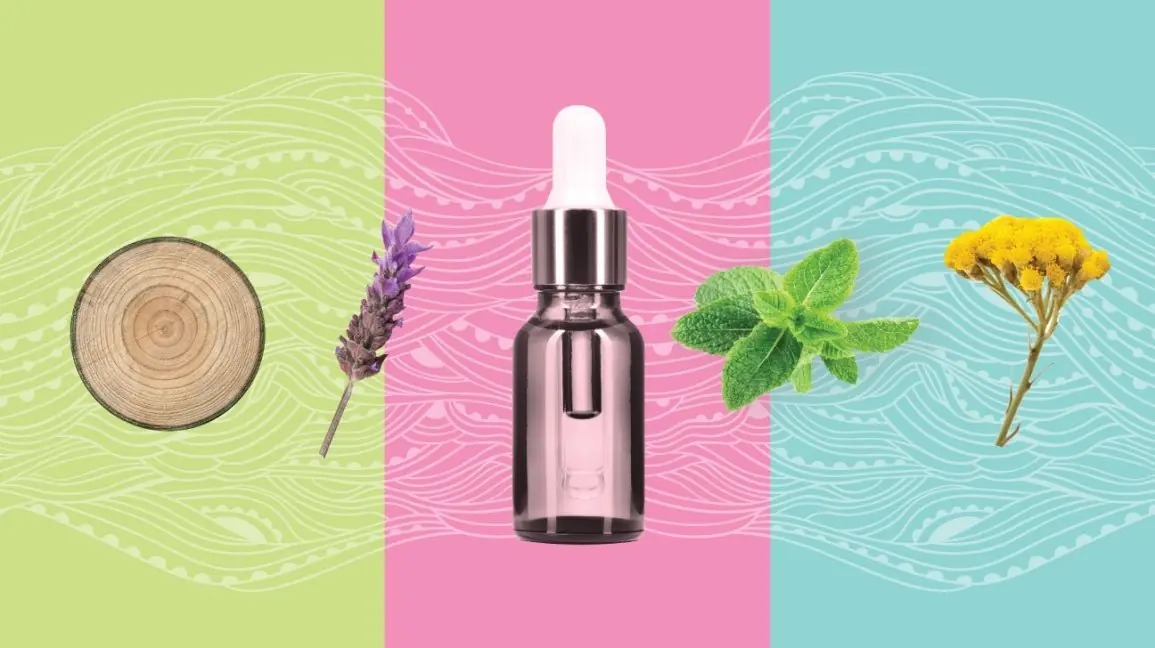
Top Essential Oils That Instantly Ease Pain and Inflammation

These Are the Early Warning Signs of Diabetes No One Talks About
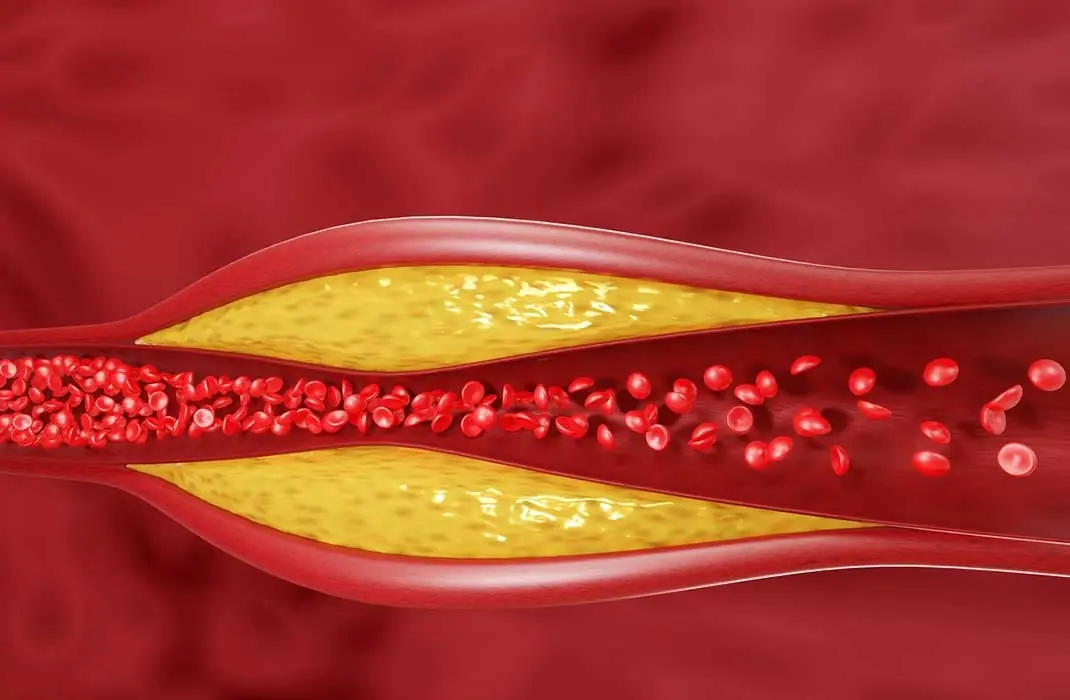
Cholesterol Meds Linked With Heart Attacks, Fast Aging And Brain Damage. Eat These Foods Instead

Food Suddenly Tastes Different? Here’s What Your Body’s Trying to Tell You
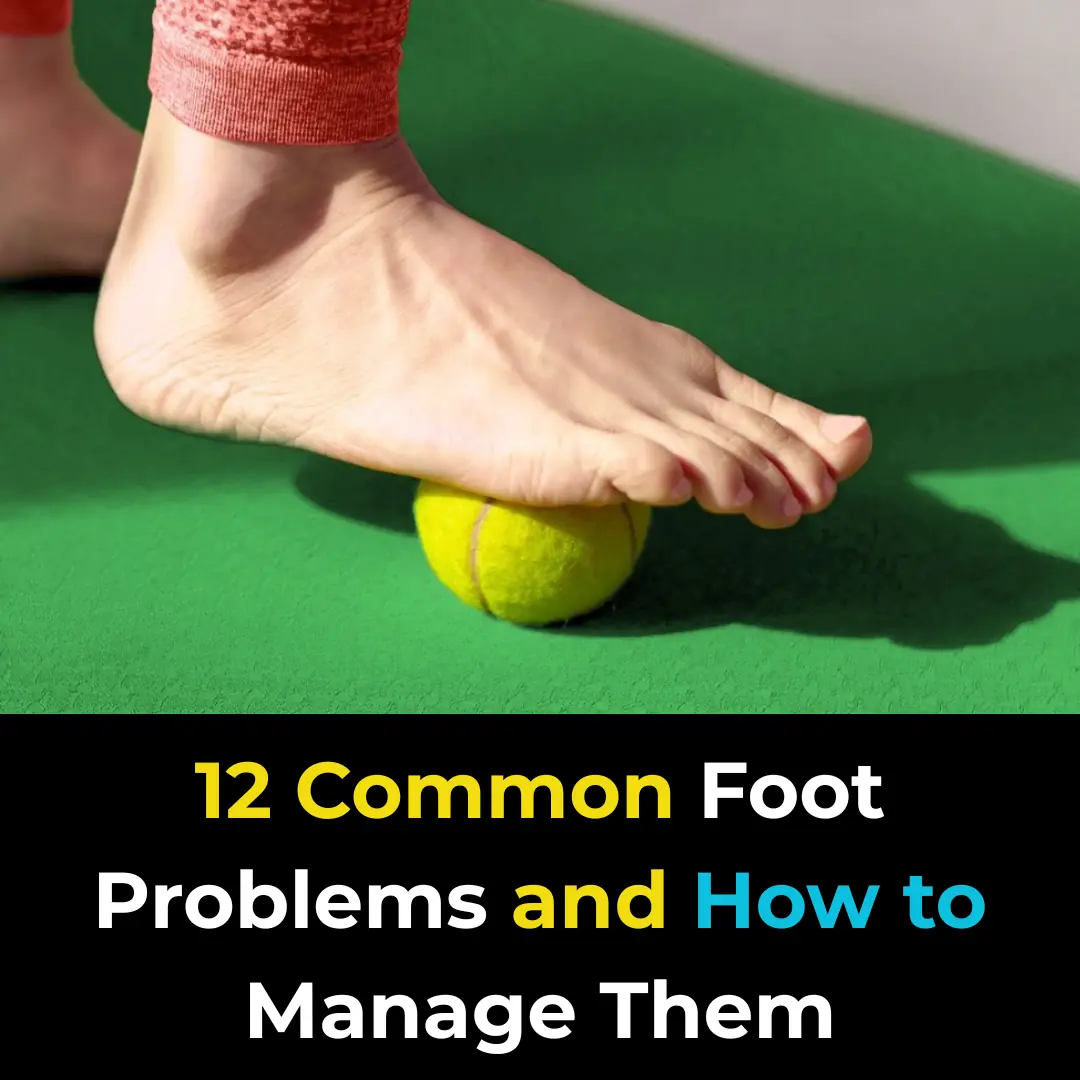
12 Common Foot Problems and How to Manage Them
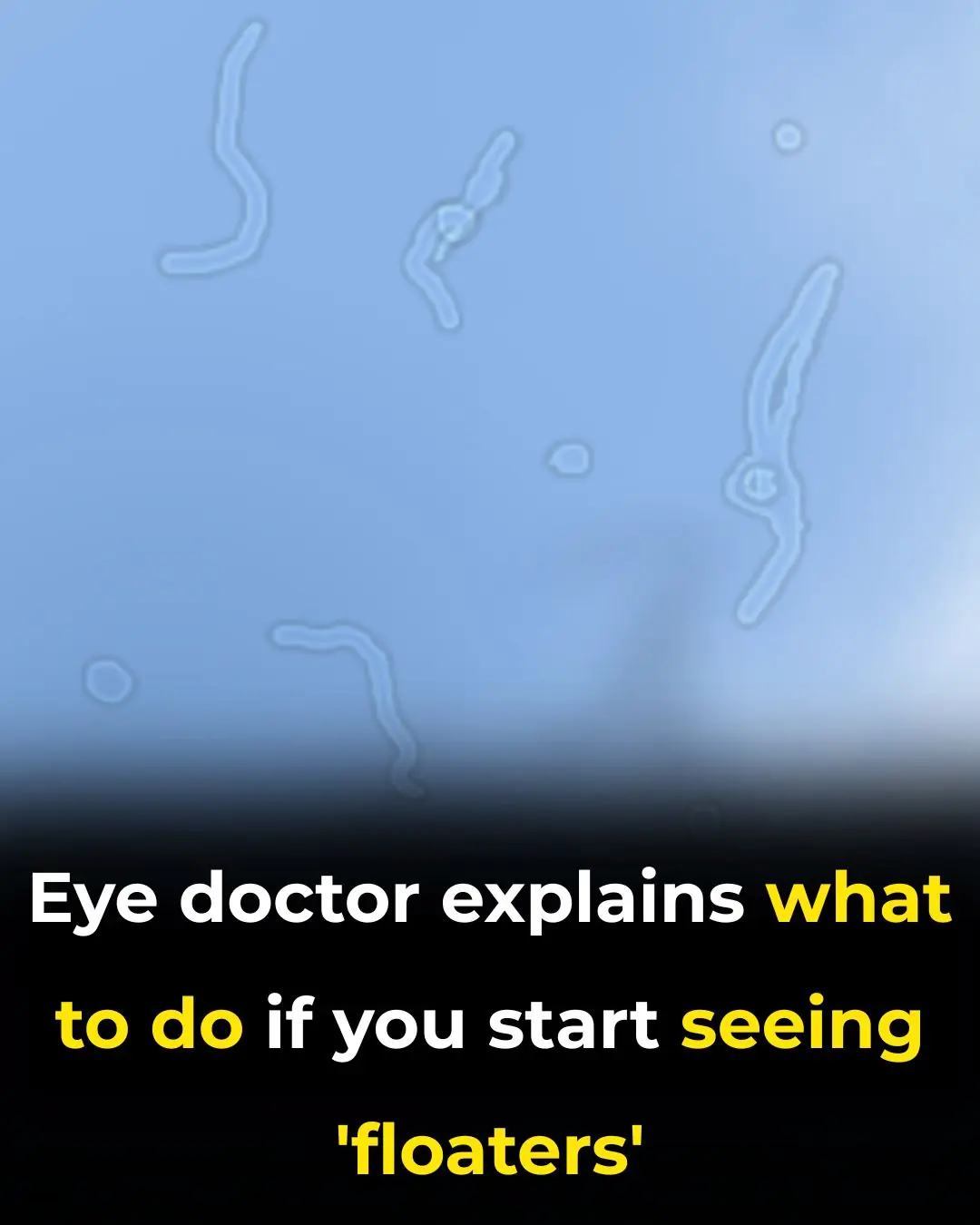
Understanding Eye Floaters: Causes and When to Seek Help
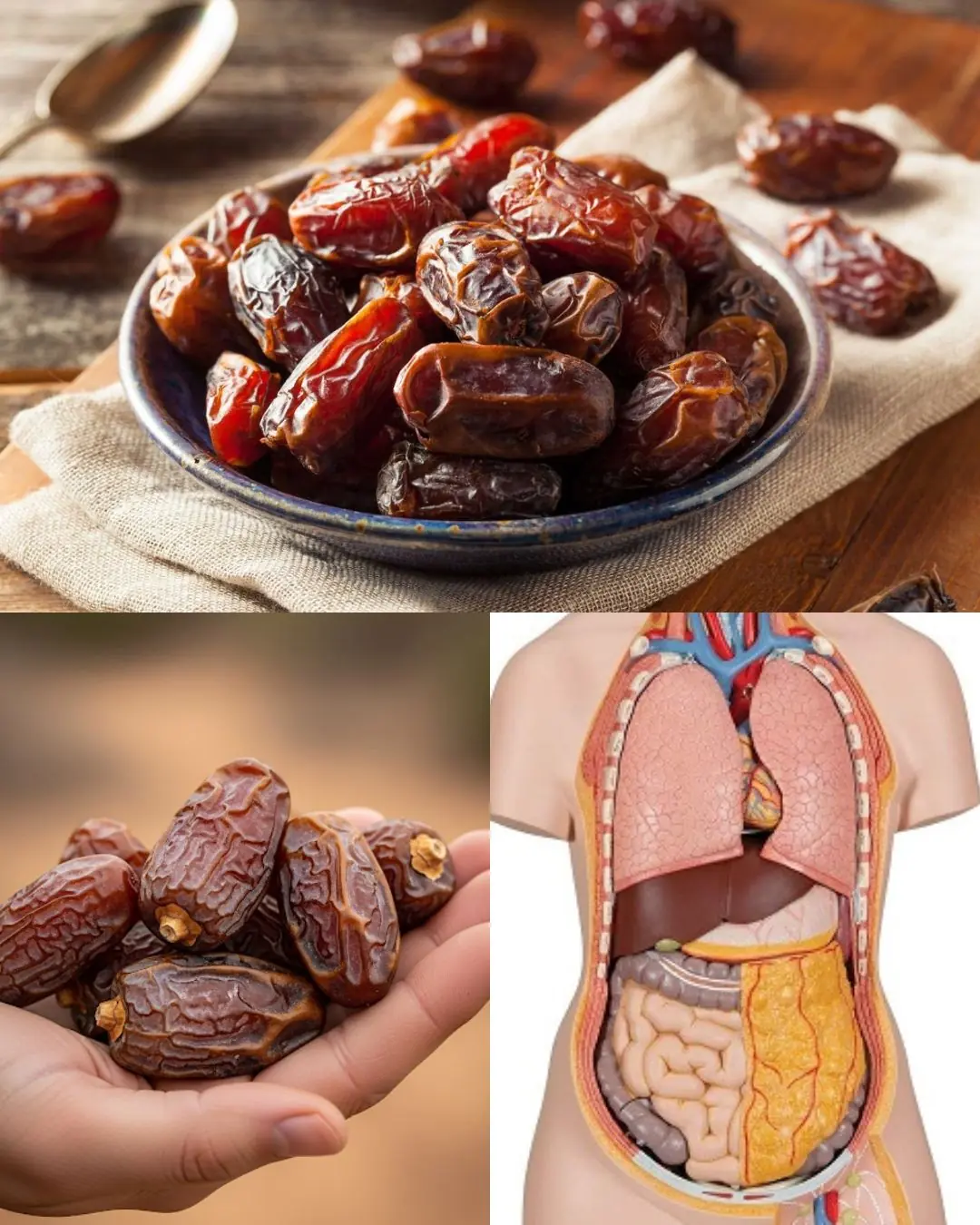
9 Convincing Reasons to Consume More Dates

Early-Stage Cancer May Not Hurt at First, But If You Notice These 8 Signs When Using the Bathroom, See a Doctor Immediately: Don’t Be Negligent
News Post

Firefighter reveals Princess Diana's last four words before she died
Nearly three decades after Princess Diana’s tragic death, a firefighter who held her hand in her final moments has shared what she said before losing consciousness. His emotional recollection sheds new light on one of the most heartbreaking nights in mo

Fans defend The Rock after he revealed 'slim' look which has left people extremely concerned
Dwayne “The Rock” Johnson stunned audiences with a dramatically leaner appearance at the Venice Film Festival, sparking a wave of divided reactions online. While some fans voiced concern for his health, others rushed to defend the Hollywood icon, remi

Elon Musk's daughter shares very honest message after cutting ties with billionaire dad who claimed she was dead
Vivian Wilson, the estranged daughter of tech mogul Elon Musk, has once again spoken out about life after severing ties with her world-famous father. In a rare and unfiltered message, she shed light on her personal struggles, her independence, and the rea

California hospital staff fired following 'dehumanizing' TikTok ridiculing their patients
What began as a short social media clip has ended in a scandal that shook a California healthcare network. A group of hospital workers recorded a TikTok mocking their patients—an act described as “dehumanizing”—and have now all been dismissed foll

Before-and-after images show effects space had on NASA astronauts after 9 months
What was supposed to be a short visit turned into nearly a year away from Earth. Now, newly released before-and-after images of two NASA astronauts show just how profoundly nine months in space can reshape the human body.

NASA just took the closest-ever images of the sun, and they are incredible
For the first time in history, humanity has peered closer into the blazing heart of our star than ever thought possible. NASA’s Parker Solar Probe has delivered astonishing images and video of the sun’s surface and atmosphere, revealing mysteries that

Rice Water: The “Liquid Gold” in Your Home That Most People Forget to Use

The Shocking Truth Behind “Bleach” Stains on Underwear – What Your Body Is Really Telling You
Many people are startled when they notice pale or bleach-like patches on their underwear and immediately assume something must be wrong. But far from being a sign of poor hygiene, this natural occurrence is actually one of the strongest indicators of a he

There Is One Sound A Person Makes That Means They Have Less Than 24 Hours To Live
As the body approaches its final hours, loved ones may hear a sound known as the “death rattle,” a sign that often causes deep concern. Though unsettling, this natural process is not painful for the person and understanding it can bring comfort to fam
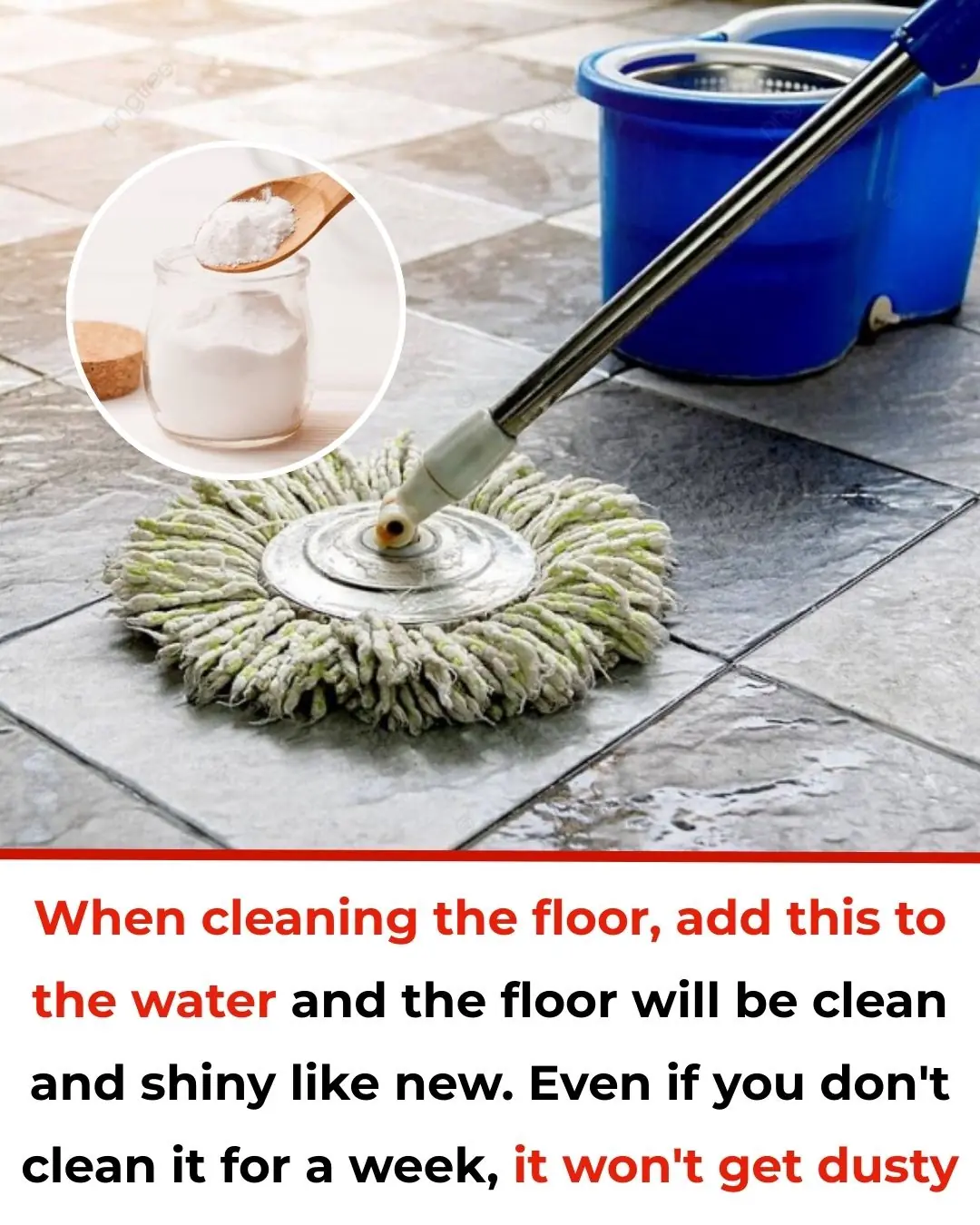
Add This Simple Ingredient When Mopping – Your Floors Will Shine Like New and Stay Clean All Week!
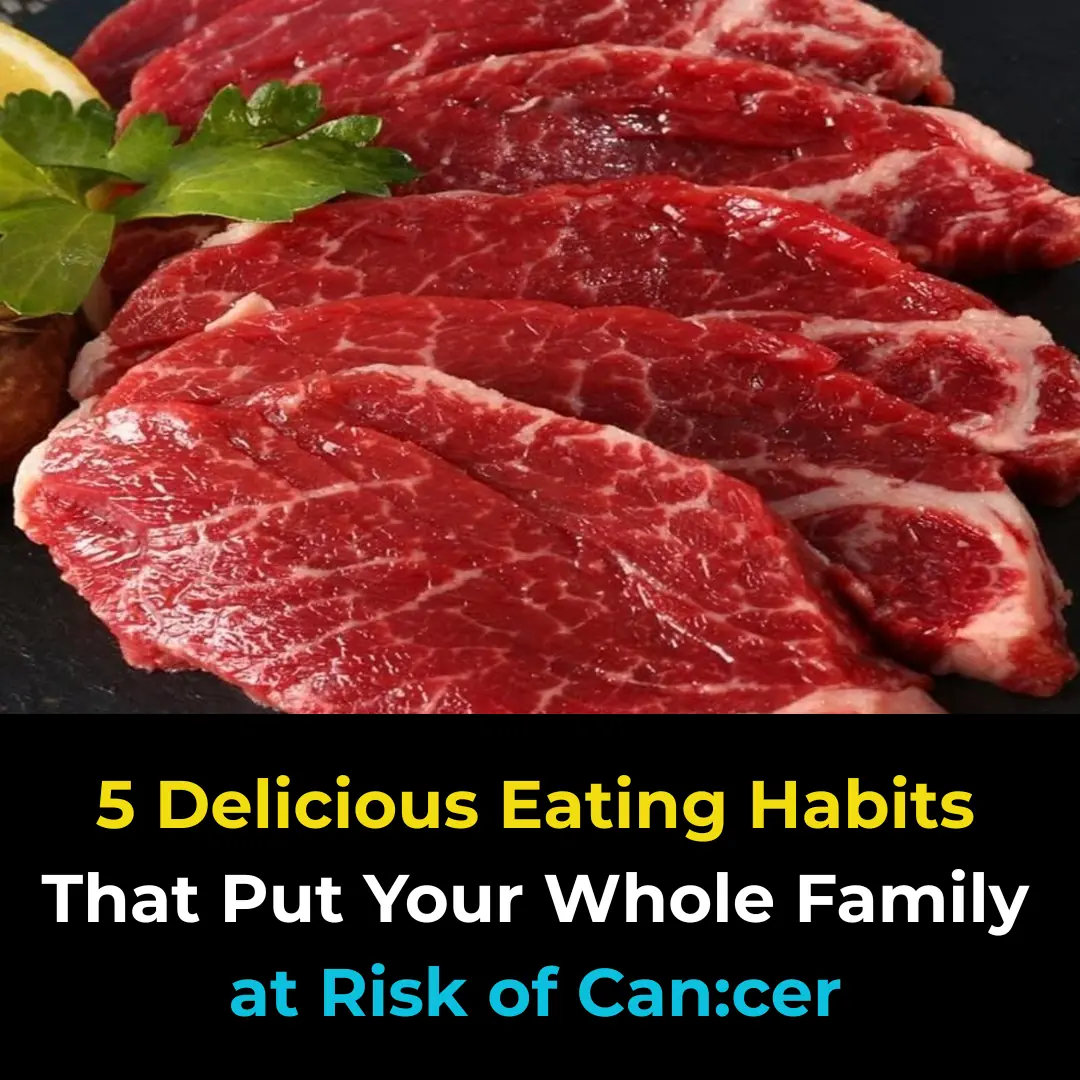
5 Delicious Eating Habits That Put the Whole Family at Risk of C:ancer – Extremely Dangerous and Should Be Avoided Immediately

Be careful — one single action at the airport could ruin your en:tire life.

Condolences to those who are using these 4 types of electric kettles: Throw them away while you still can, thousands of people have already developed c:ancer.

How Magnesium Keeps Your Heart Rhythm Healthy

Why Do I Cough When Taking a Deep Breath?

Taking the Stairs Could Help You Live Longer

Purple Veins on Your Legs: When to Worry

Man develops 'pork worms' in his brain after years of doing this specific cooking habit

Signs Your Cortisol Is Dangerously High
